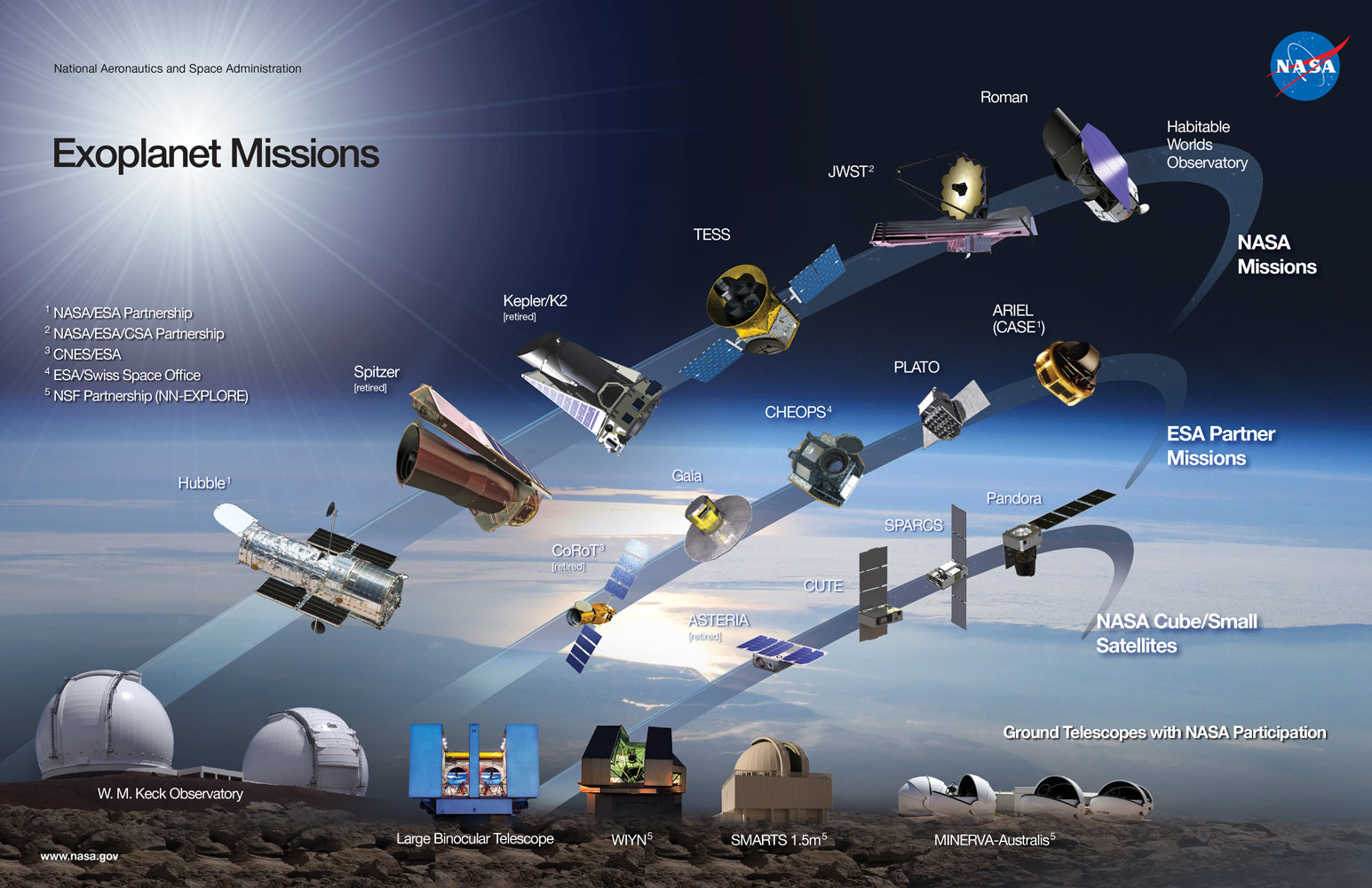Stick around to find out about NASA’s big plans, ESA’s exciting missions, and how private companies are shaking things up. We’ll also look at space habitats, mining, and the future of the ISS. Let’s dive in!
Introduction to Future Space Missions
Space exploration has always captivated the human imagination. From the historic moon landing to the exploration of distant planets, our quest to understand the universe continues. Today, we stand on the brink of a new era in space exploration, with ambitious missions aimed at Mars, the Moon, and beyond.

The Role of Key Space Agencies
Several key players are driving the future of space exploration.
NASA’s Contributions and Future Plans
NASA has been at the forefront of space exploration since its inception. Currently, NASA is focused on its Artemis program (NASA – launches – Artemis), which aims to return humans to the Moon by 2024 and establish a sustainable presence there by 2028. The Artemis program is crucial for testing the technologies needed for future Mars missions.
ESA’s (European Space Agency) Current and Upcoming Missions
The European Space Agency (ESA) is also making significant strides. Their ExoMars mission (ESA – plans – ExoMars) seeks to find evidence of past life on Mars. The JUICE mission is set to explore Jupiter’s icy moons, which may harbor conditions suitable for life.
Roscosmos: Russia’s Space Exploration Initiatives
Roscosmos, Russia’s space agency, continues to play a vital role. They operate the Soyuz spacecraft (Roscosmos – operates – Soyuz), which has been a workhorse for transporting astronauts to the International Space Station (ISS). Looking ahead, Roscosmos plans to establish a lunar base in collaboration with China.
SpaceX and Private Sector Involvement
Human Missions to Mars

The idea of sending humans to Mars is no longer science fiction. These missions aim to achieve multiple objectives, including searching for signs of life, studying the planet’s climate and geology, and preparing for future colonization. However, reaching Mars poses several challenges, such as long-duration spaceflight, radiation exposure, and ensuring life support systems are robust and reliable.
Lunar Base Construction
Establishing a base on the Moon is a stepping stone to deeper space exploration. Lunar bases will serve as testing grounds for the technologies needed for longer missions. International collaboration is key, with many space agencies and private companies working together to make this vision a reality.
Spacecraft and Rocket Innovations
Advancements in spacecraft design and technology are critical for future missions. Reusable rockets, such as SpaceX’s Falcon 9, have significantly reduced the cost of launching payloads into space. Additionally, innovations in propulsion systems and spacecraft materials are enabling longer and more complex missions.
Space Habitats and Life Support Systems
Living in space requires specially designed habitats and life support systems. These habitats must provide air, water, food, and protection from the harsh space environment. Sustainability is crucial, with recycling and resource management being essential components of these systems.
Space Mining and Resource Utilization
Mining resources from celestial bodies like the Moon and Mars could be a game-changer. These resources can be used to support space missions and even be brought back to Earth. Technologies for space mining are still in their infancy but hold great promise for the future.
The Future of the International Space Station (ISS)

The Impact of Space Exploration on Earth
Space exploration has numerous benefits for Earth. Scientific discoveries made in space often have applications here at home. Technological advancements, such as satellite communications and GPS, originated from space research. Additionally, the economic and social benefits of space exploration, including job creation and international cooperation, are substantial.
Ethical and Legal Considerations in Space Exploration
As we venture further into space, ethical and legal considerations become increasingly important. Space law governs activities in space, ensuring that exploration is conducted responsibly. Ethical considerations, such as the impact on potential extraterrestrial life and the environmental impact of space missions, must also be addressed.
Conclusion and Future Prospects
In summary, the future of space exploration is incredibly bright. With the combined efforts of space agencies, private companies, and international collaborations, humanity is poised to explore new frontiers. The knowledge and technologies developed will not only enhance our understanding of the universe but also bring numerous benefits to life on Earth.
At Galaxy Secrets, we are excited to continue sharing the latest developments in space exploration with you. Stay tuned for more updates and insights into the final frontier.
FAQs About Future Space Missions
What are the objectives of NASA’s Artemis program?
NASA’s Artemis program aims to return humans to the Moon by 2024 and establish a sustainable presence by 2028. The key objectives include enabling a sustained presence around the Moon, supporting crewed missions to deep space, and facilitating scientific research. Artemis will also help in demonstrating and validating technologies critical for lunar missions, with applications for future Mars missions. Moreover, it seeks to foster industry and international partnerships to create a global coalition for lunar exploration (NASA) (NASA).
Why is the Gateway space station important?
The Gateway space station is a next-generation lunar orbit station that will support long-term human presence on the Moon. It will serve as a staging point for deep space exploration, support scientific research, and act as a testbed for technologies needed for future Mars missions. Gateway will also enhance safety for crew members by providing a haven and expanding research opportunities beyond what was possible during the Apollo missions (NASA).








